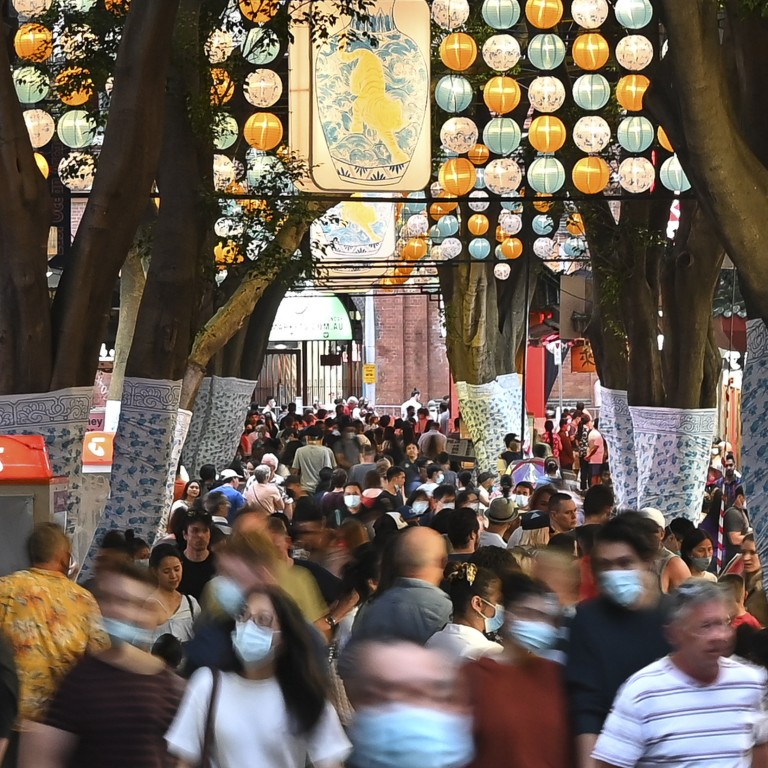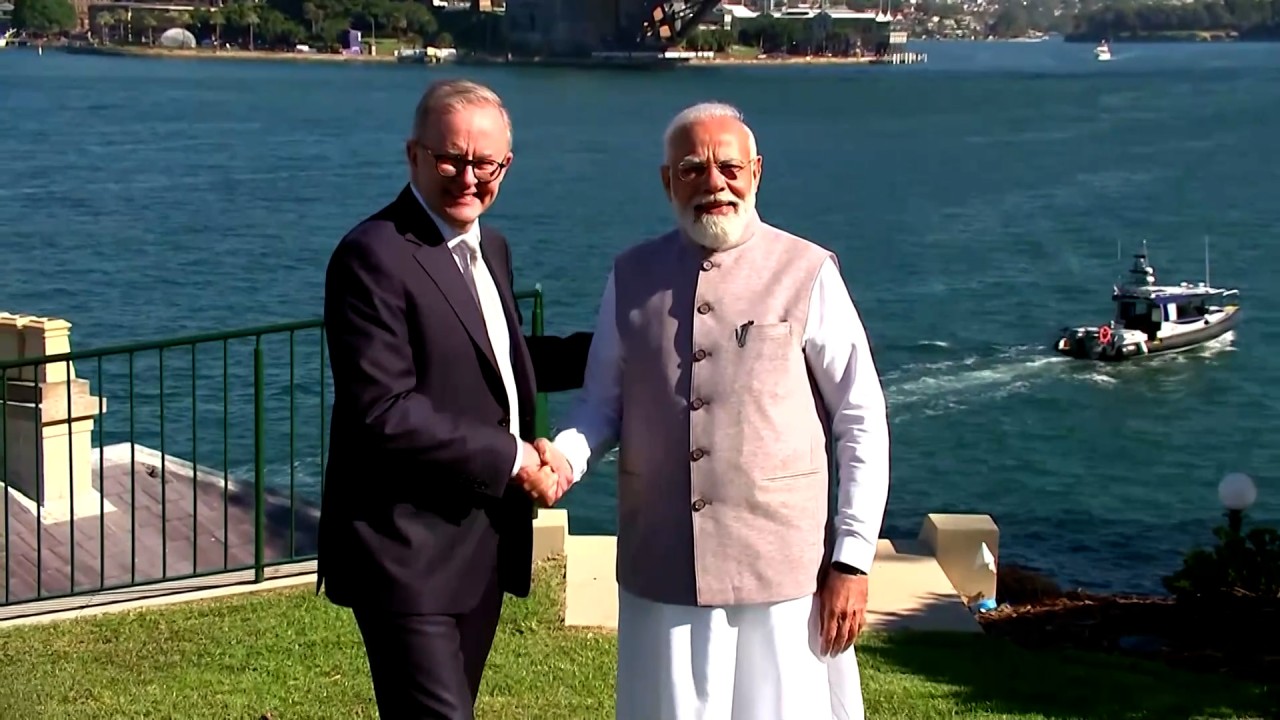
In reforming Australia’s immigration policies, serious obstacles remain
- While proposed policy changes promise a better, more efficient and humane migration system, there are still underlying historic concerns
- The country continues to grapple with racism and discrimination, with research indicating that a sizeable minority still doesn’t welcome migrants
While the policy shifts are positive and seem genuinely to be moving towards a better, more efficient and humane migration system – including with regard to student and working visas – underlying historic concerns, largely beyond the reach of government, remain.
Factors include a serious dearth of labour in certain sectors of the workforce, where positions can only be filled in the short to medium term by migrants. In 2022, there were 286 occupations experiencing a labour shortage, against 153 the year before. Sectors facing the worst shortages are nursing, elderly and child care, education, construction and engineering.
The review committee’s report was released in March and contains various recommendations. An outline published in April canvassing the proposed policy changes contained aspirational language around prioritising economic outcomes and building in sustainable systems.
A further two policy shifts seek to dig into some deeper issues. The first is about “ensuring proper investment in housing, infrastructure and services to secure the benefits of migration”. Here, the government says: “We will also do more to assist migrants to achieve better labour market outcomes and we will do more to design out exploitation from the migration system.”
The second aims to “focus on integrity measures to rid the system of abuse”. For potential long-term visitors and migrants thinking about coming to Australia, the inclusion of such agendas is encouraging, and the government’s willingness to take a run at them is commendable.
But issues like housing, infrastructure and services surrounding the migrant experience are monumental. These are areas with a multitude of moving parts, some of which do not have anything to do with immigration, and it is difficult to see how the identifiable problems in these areas can be fixed in the short term.
What have the Chinese ever done for the Australians?
The second policy shift raises even more complex issues, touching on Australia’s long struggle with discrimination. It’s well known that one of Australia’s first legislative actions after becoming a federation in 1901 was the Immigration Restriction Act, otherwise known as the White Australia policy.
This was designed to ensure the racial “purity” of the new nation. As prime minister John Curtin famously put it in the 1940s, “This country shall remain forever … an outpost of the British race.”
Research published in 2022 by the Scanlon Foundation reported that one in four people born overseas said they were victims of discrimination in Australia in the 12-month period to mid-2022. One in three non-English speakers experienced discrimination in Australia in that same period.

In 2016 and 2019, the Lowy Institute, an Australian think tank, surveyed Australians and found that the number of those who felt migrants were a burden on the social welfare system had increased from 40 per cent to 47 per cent of the population.
In a similar vein, Lowy researchers found that those who disagreed with the premise that immigrants to Australia made the country stronger because of their hard work and talent grew from 25 per cent to 34 per cent.
As such, even as the government tries to put out the welcome mat for a selection of long-term visitors and migrants, there will still be a sizeable minority who will be unhappy with those who have the temerity to step onto the mat.
Those considering coming to Australia long term can be assured that, ultimately, the government and the law are on their side in matters of discrimination. But, for all our government’s good efforts, Australia’s history and culture will continue to colour the experience of many new arrivals. The work on that front is up to all Australians and, unfortunately, the research says we still have a long way to go.
Visitors to Australia from Asia and elsewhere can also be part of the solution and they can rest assured that there remain plenty, like me, who will welcome those willing to give Australia a chance.
Perry Q. Wood is a director of Australian Migration Lawyers and one of Australia’s leading administrative and migration lawyers


